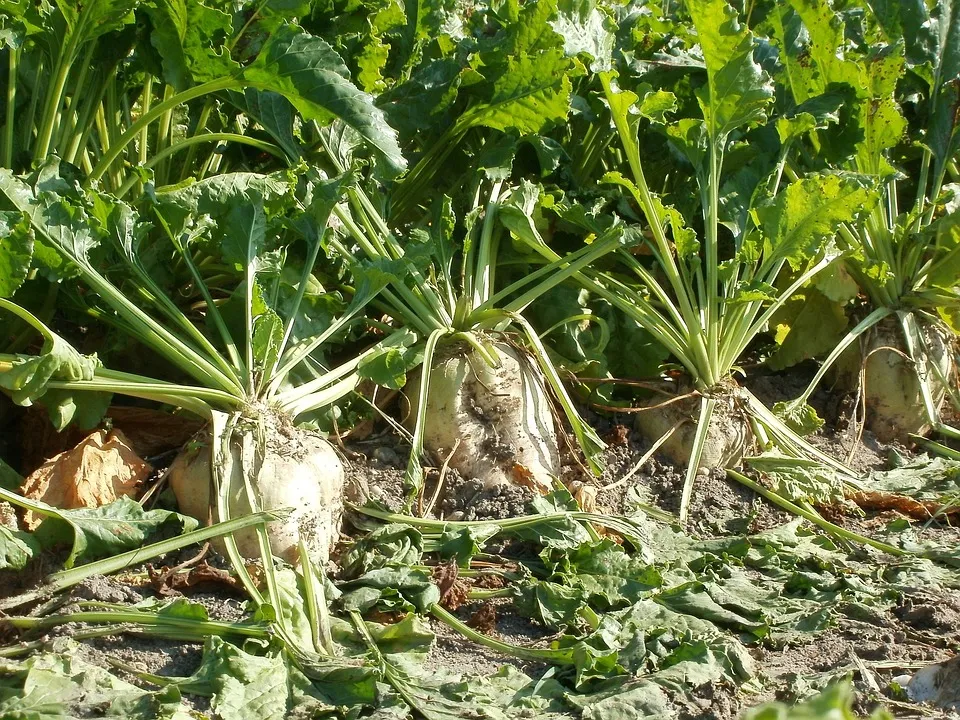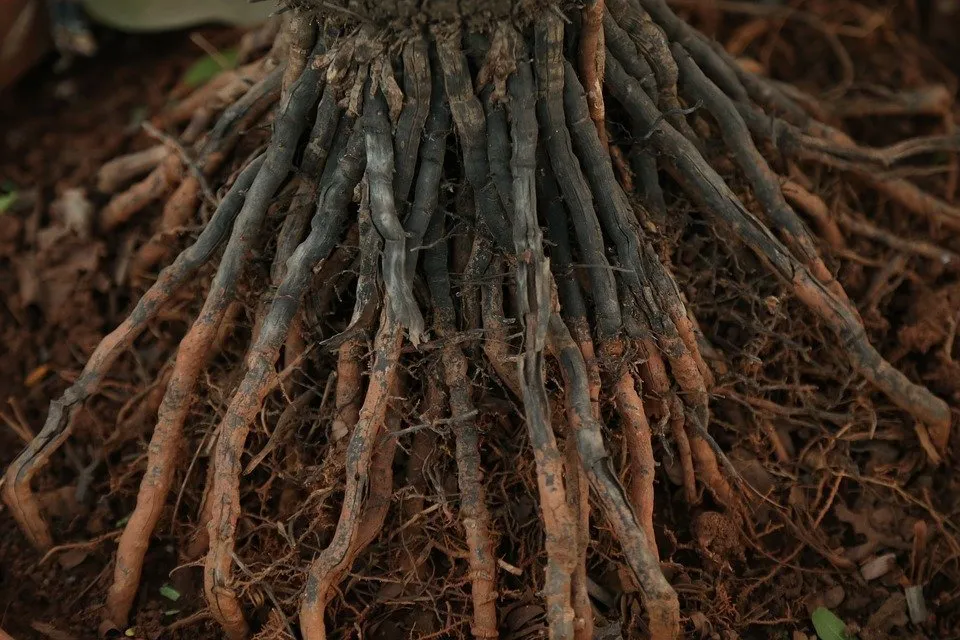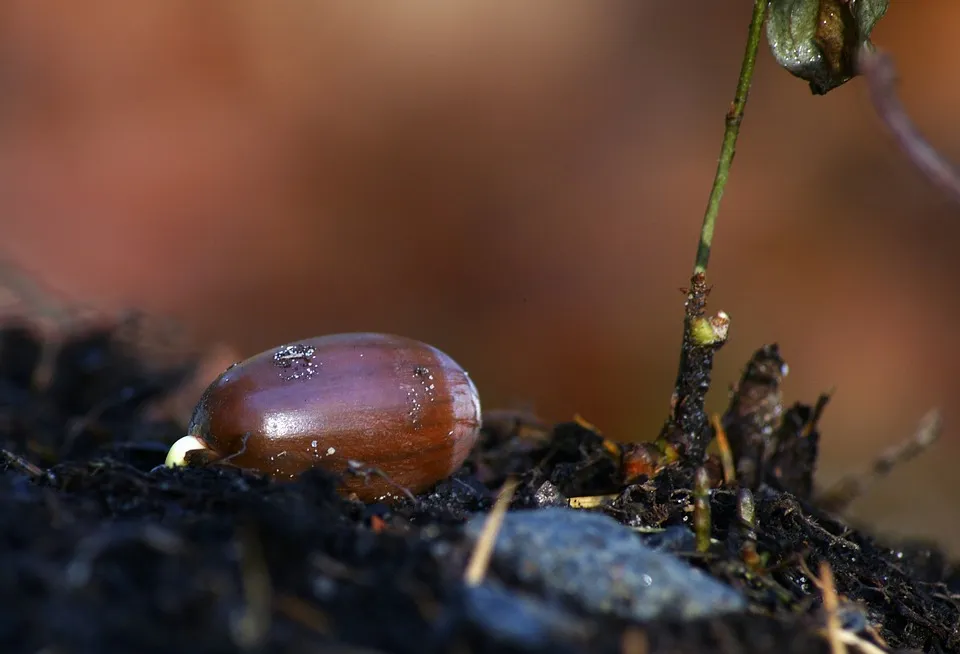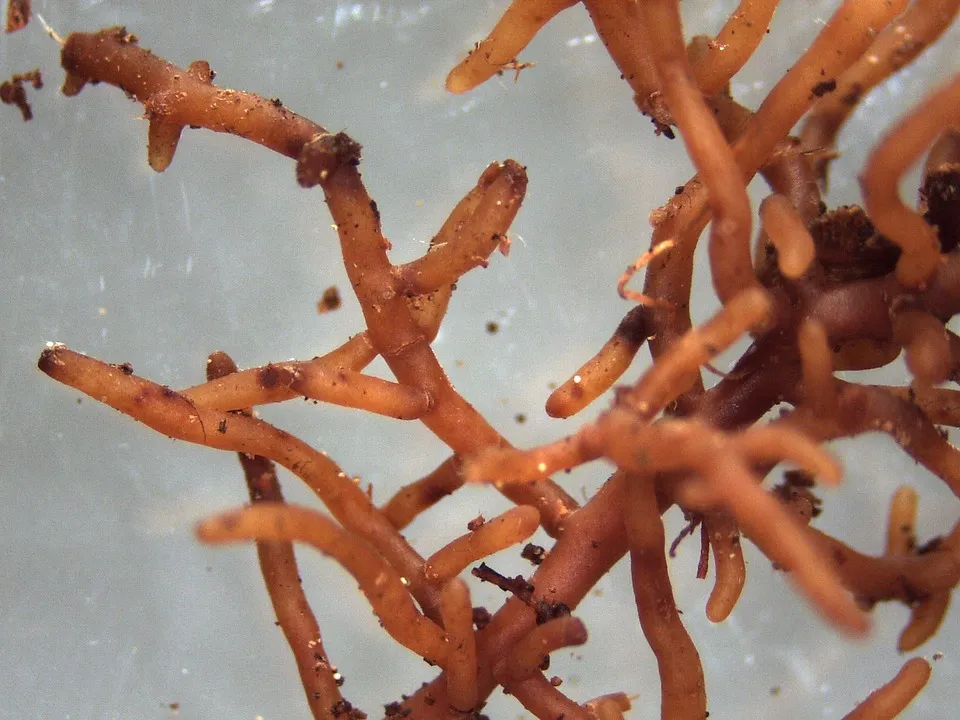Lovers of soil ecology know that the rhizosphere is the portion of the soil that is directly and strongly influenced by the roots of higher plants, where biological activity is maximal, since it is the region of the soil under the direct influence of the hyphae of AMF arbuscular mycorrhizal fungi.


▶ In the previous publication, I mentioned that arbuscular mycorrhizal fungi, like plant roots, their hyphae release exudates rich in organic compounds, which constitute a source of nutrients, favoring the presence of a microbial community that provides key services in the biogeochemical cycling of nutrients, protection against pathogens, secretion of growth regulating hormones, enzymatic activity, among others.
In this regard, it is also worth mentioning that the external mycelium of arbuscular mycorrhizal fungi, which also acts as a carbon sink, releases a glycoprotein called glomalin, which has a cementing action on soil particles, improving their structure and stability by promoting the formation of water-stable aggregates.

▶ For agroecologists, most plants, both in natural ecosystems and in agroecosystems, are associated with arbuscular mycorrhizal fungi, forming a symbiosis, almost always mutualistic.
It is claimed that this association of arbuscular mycorrhizal fungi of the genus Phylum acts as a strict colonizer of roots, while in plants there is a continuum in the level of dependence on the mycorrhizal condition.

▶ It is claimed that this association of arbuscular mycorrhizal fungi of the genus Phylum acts as a strict colonizer of roots, while in plants there is a continuum in the level of dependence on the mycorrhizal condition.
Similarly, there is a wide range of functional microorganisms, even larger with respect to the rhizosphere and hyphosphere, such as bacteria, fungi, actinomycetes, protozoa, nematodes, arthropods, etc., that can be found in the rhizosphere.

These mycorrhizal microorganisms establish inter- and intraspecific relationships that, together, self-regulate the soil and plant biological activity system, generating direct and indirect benefits for the functioning of ecosystems, including agroecosystems..
▶ Conclusion
These mycorrhizal microorganisms establish inter- and intraspecific relationships that, together, self-regulate the soil and plant biological activity system, generating direct and indirect benefits for the functioning of ecosystems, including agroecosystems.
NOTE: Reference material:
-The Ecology of Arbuscular Mycorrhizal Fungi
-Interactions between arbuscular mycorrhizal fungi and bacteria and their potential for stimulating plant growth